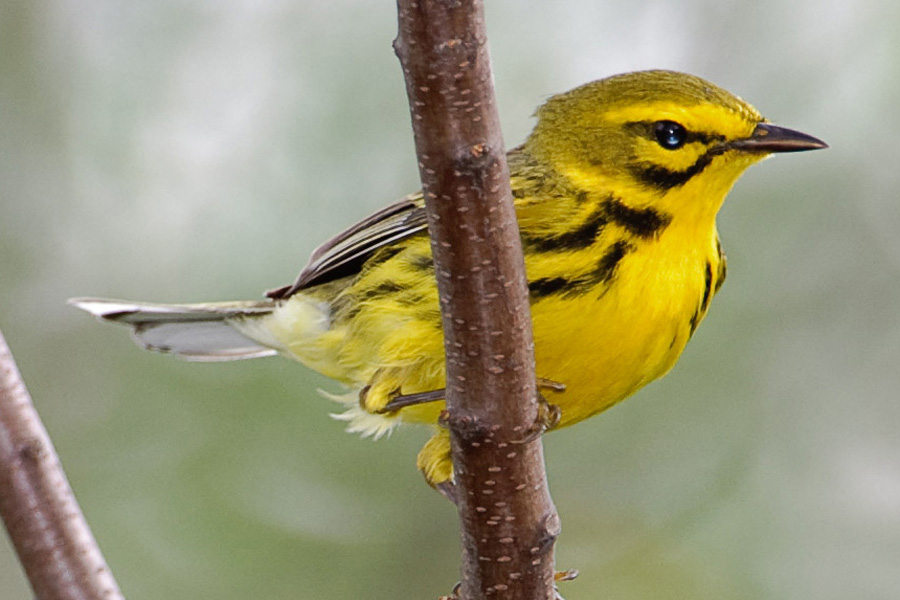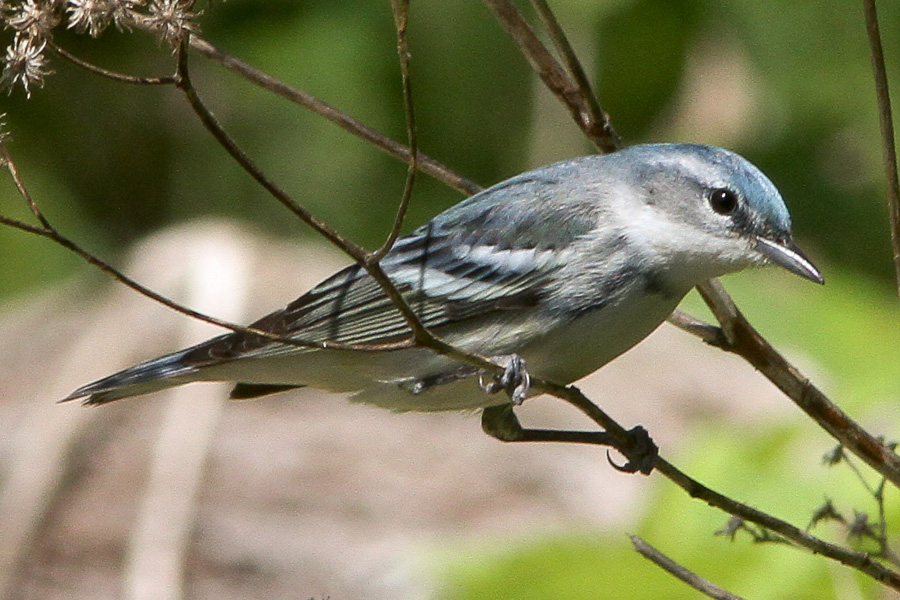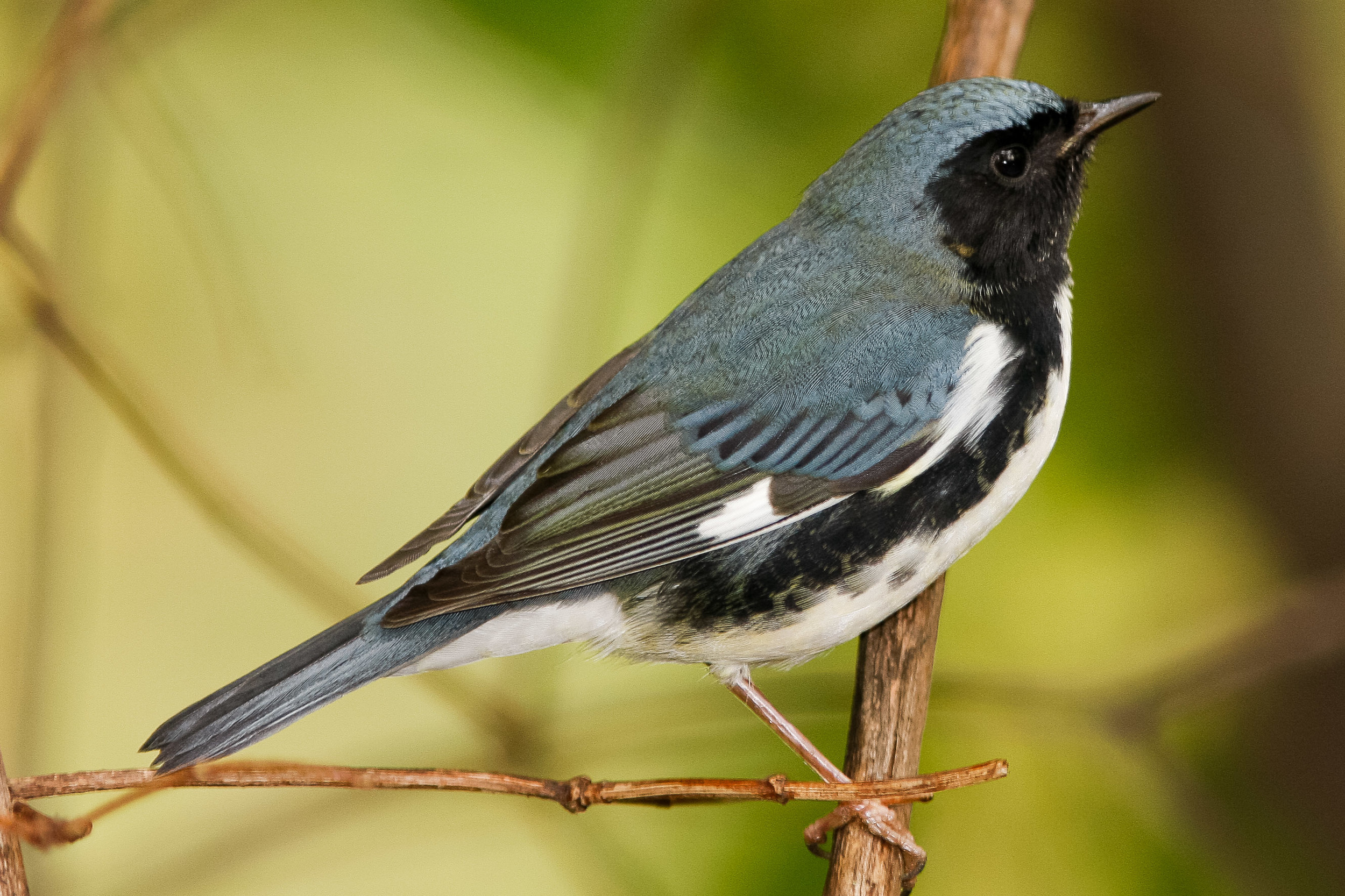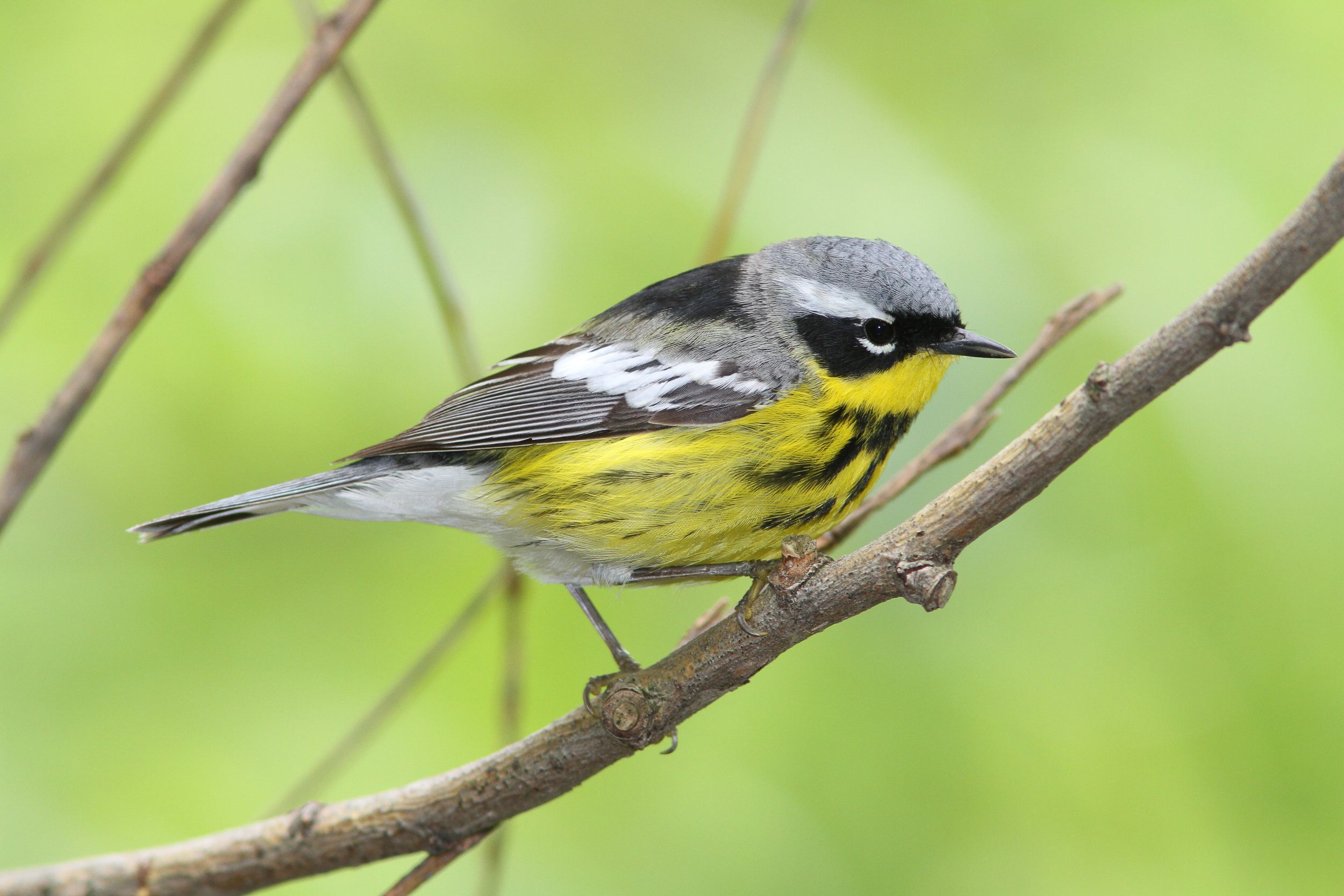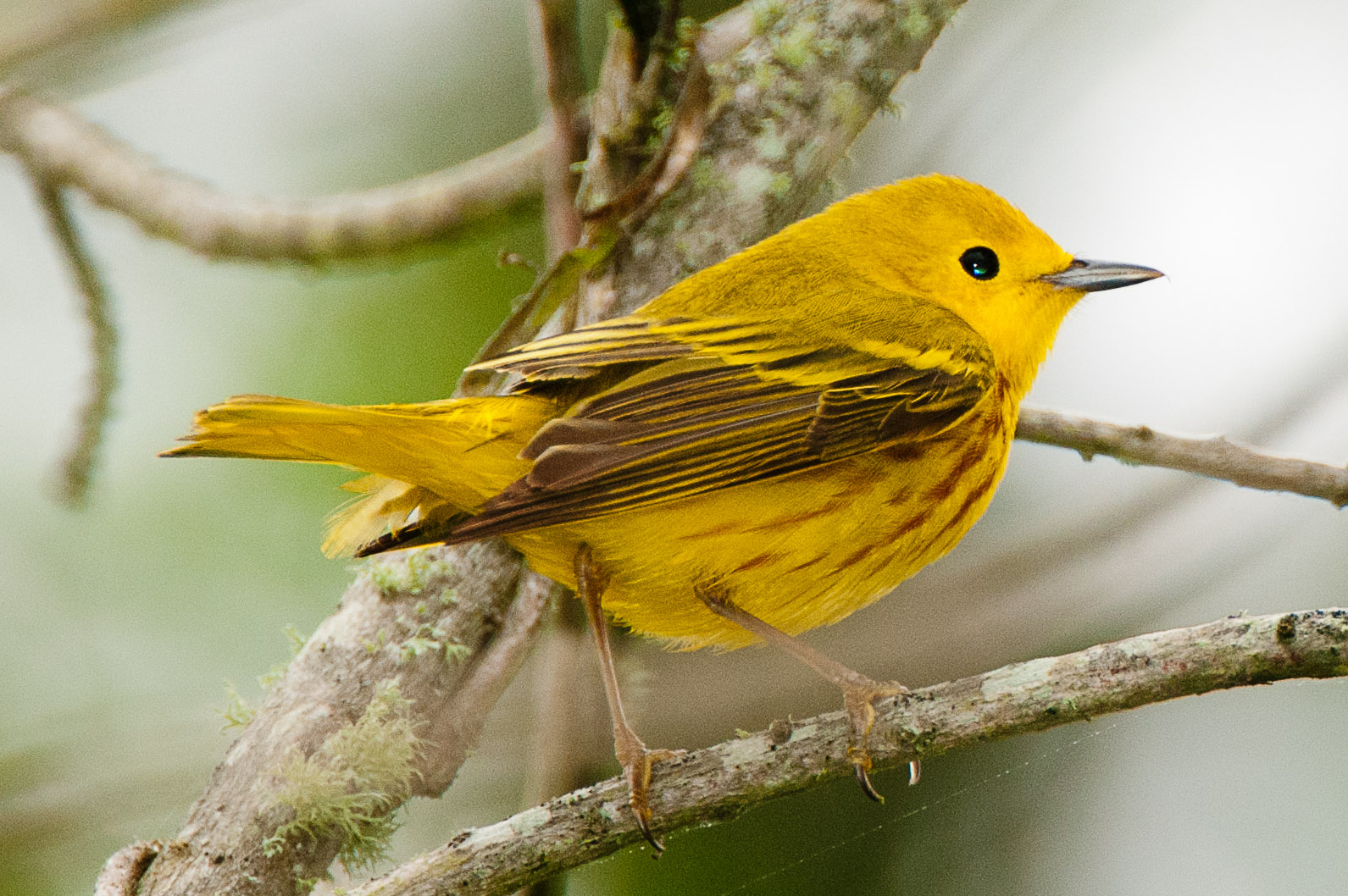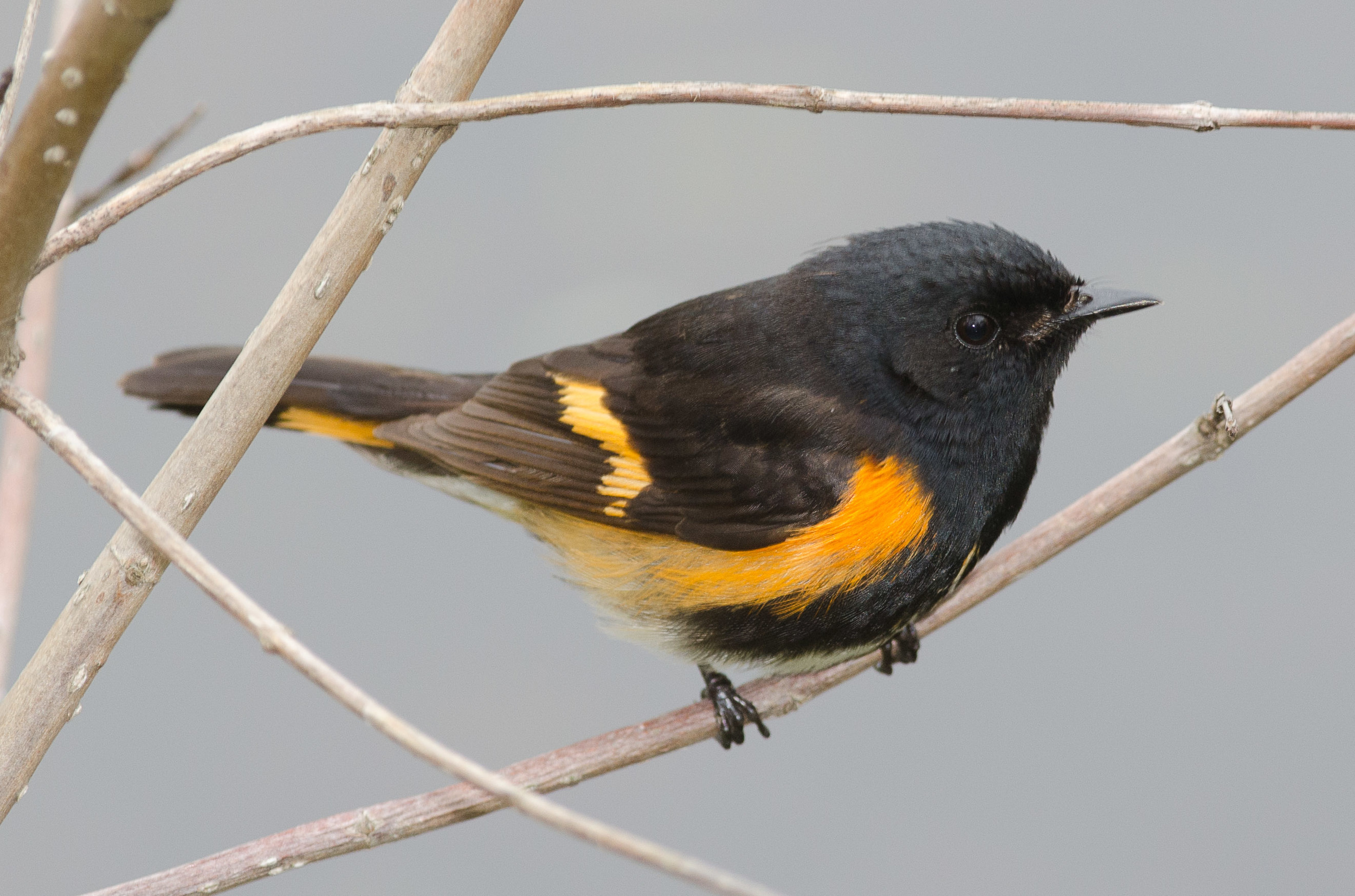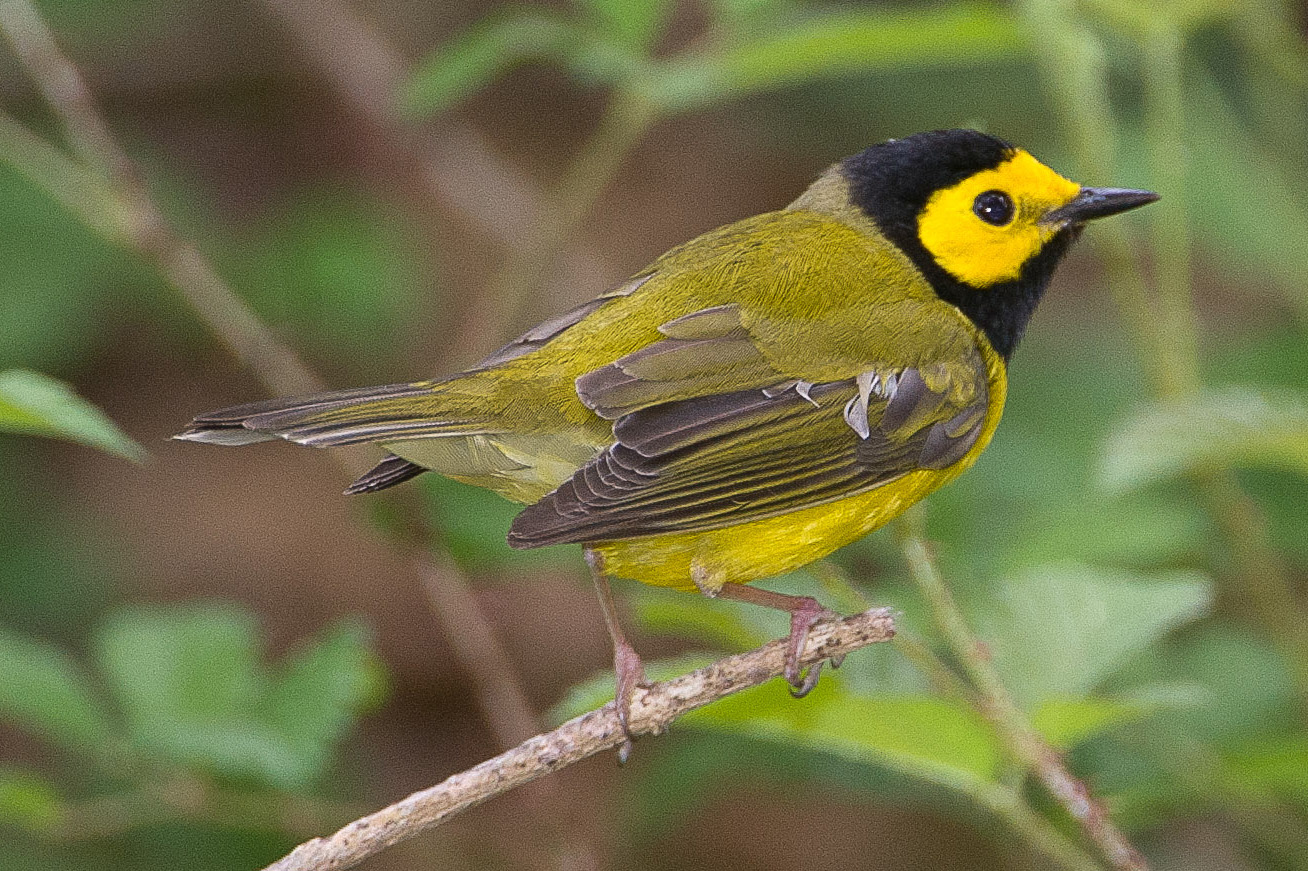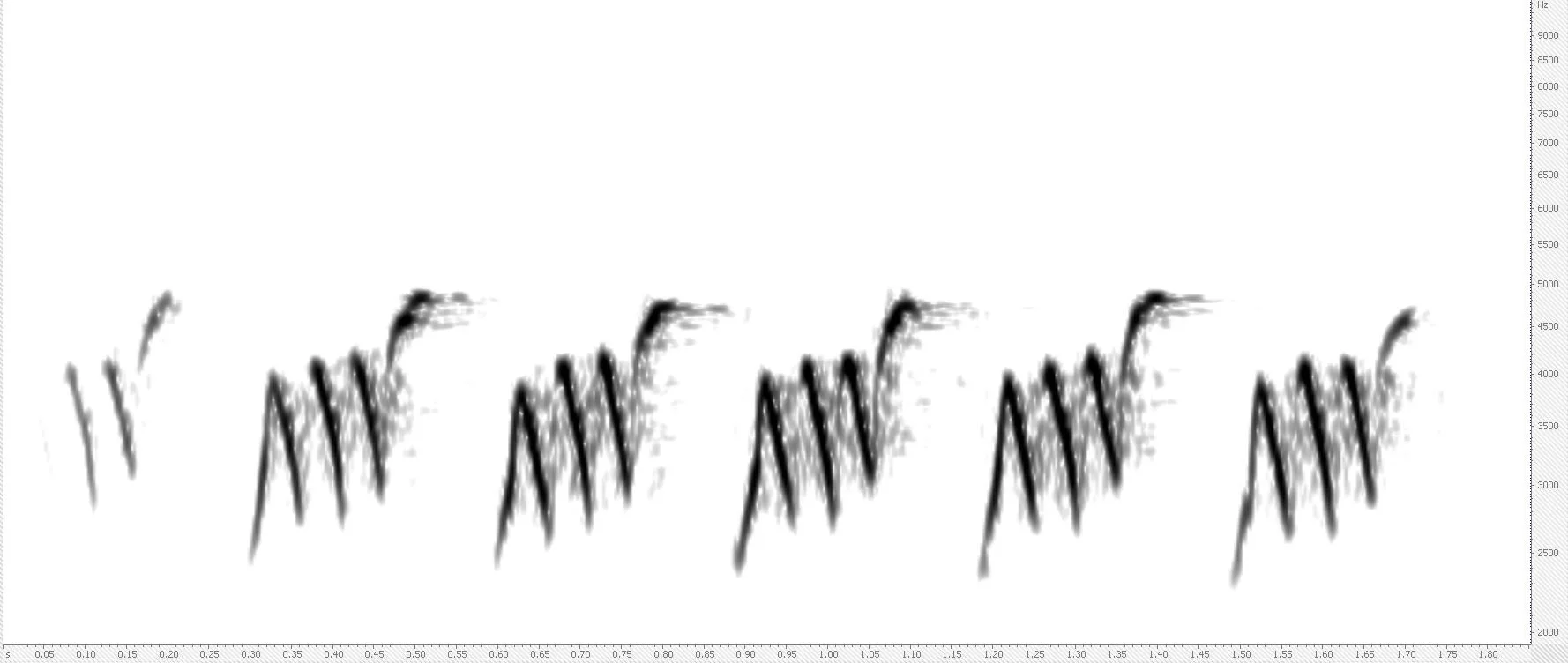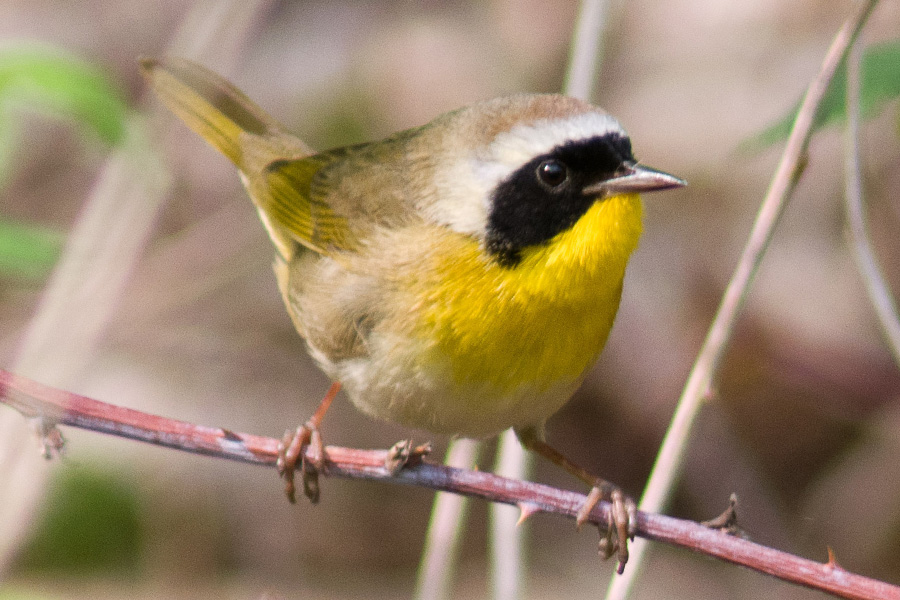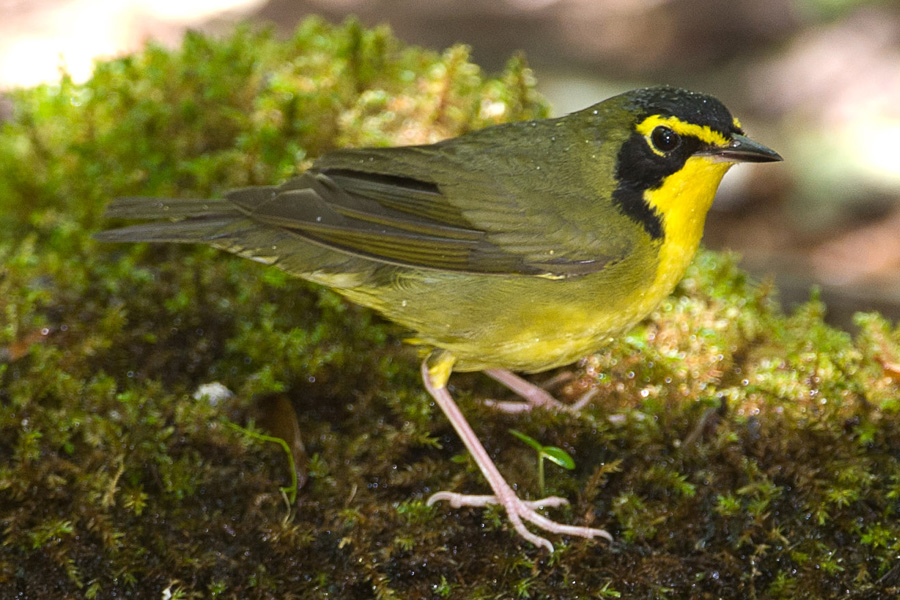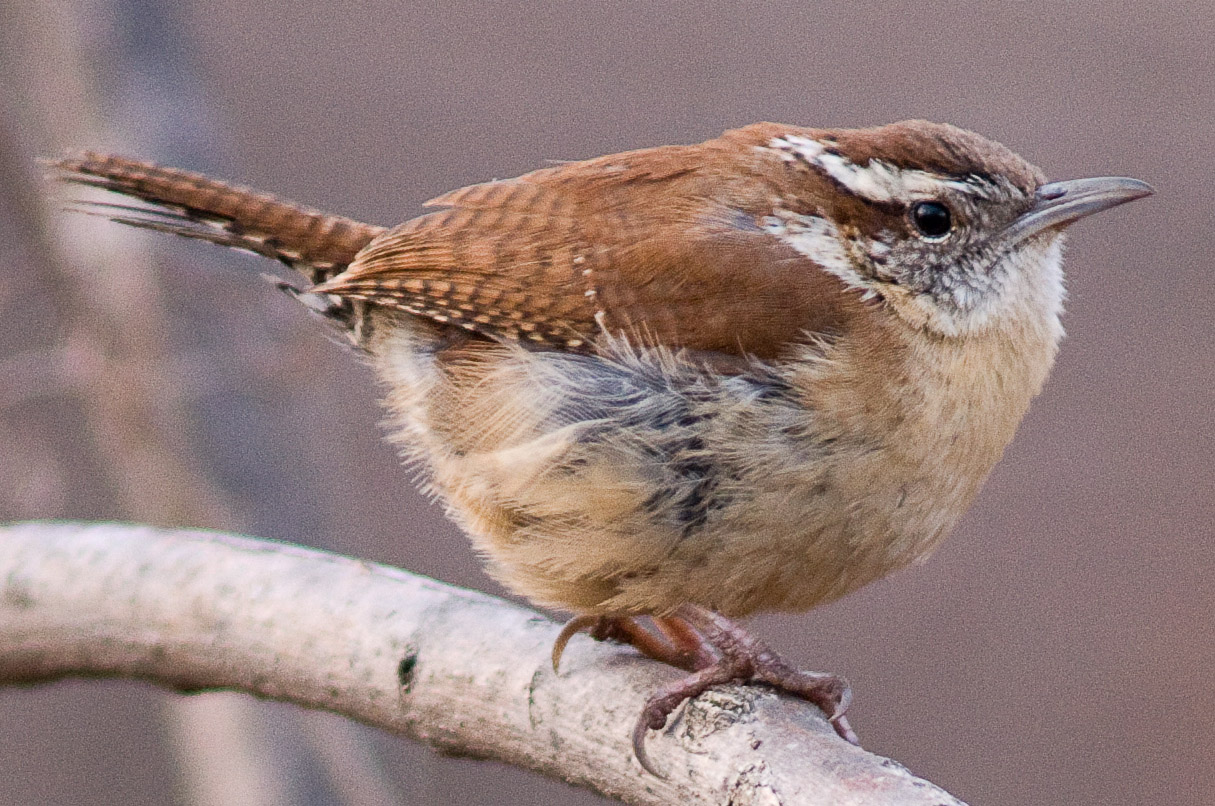Lightweight Scope Alternatives Revisited
/In my last post I went over some options for lightweight, carry-able optics with high magnification, as a tool somewhere between normal binoculars and a full-sized scope. My favorite of the group was the Vortex 15x50 Viper HD binoculars, which weigh the same as many 8x binoculars, but give a much closer look at distant birds. Since then I've been using them in tandem with my Leica 8x32s, and they have been a useful supplement when I'm walking a trail and don't want to haul a scope and tripod (in other words, always!).
After a little use, I started to wonder about other high-magnification binoculars. Two stood out in my mind - the Vortex 20x56 Kaibobs, and the Zeiss 15x56 Conquests. So I got a pair of each to test, and here are my results.
First, let me say that both of these binoculars cost twice as much and are nearly twice as heavy as the Vortex 15x50s that I have. So there is an issue not just of carrying them around, but also of hand holding them - the extra weight can add a little stability when hand holding, but they also wear out your arms much more quickly.
Secondly, these binos are much bigger, as you can see in this photo.
From left to right: full-sized Swarovski 80HD scope (58 oz.), Zeiss 15x56 Conquest (46 oz.), Vortex 15x56 Kaibob (43 oz.), Vortex 15x50 Viper HD (28 oz.), Zeiss 7x42 Victory (26 oz.), and Leica 8x32 Utlravid HD (19 oz.).
For my testing, I brought everything to the local tidal flat in good sun, and looked at distant birds, both handheld and resting the binoculars on a tripod. I tried to be specific about what I was looking for: for example, I would see if could identify the eye color on a distant gull. I tried all the binoculars, including the 8x and 7x, to see how the balance between magnification and stability of view played out. There is definitely a point where the shakier view that you get with a higher magnification seems to negate the closer image. I also saw a big difference in resolution and contrast in some of these binoculars, and that also plays an important roll in trying to pick out distant details.
My conclusions were as follows:
Zeiss Conquest 15x56 (about $1400)
The largest and heaviest binoculars of the bunch, but also a noticeable step up in image quality from either of the Vortex binoculars. The extra weight can actually make the binocular seem a bit more stable, and I was able to comfortably scan distant shorebirds, at least for short periods of time. The depth of field was very good, and I didn't have to do as much focus readjustment as I did with the vortex. Overall build quality was excellent, and felt like a solid piece of hardware. The best in the group for resolving things like eye color and other details.
Vortex Kaibob 20x56 (about $1400)
Also large and heavy, these binoculars are a bit stiff in adjusting the width of the binocular, and focussing. The armor seems solid, but the build quality feels less elegant than the Zeiss. I had a lot of trouble adjusting these binoculars to get a sharp look at anything, and eventually gave up on them. I found that I actually had to adjust the diopter differently at different distances to get both barrels sharp. I also found that of the three high magnification binoculars, these had the least resolution of distant detail, probably due to the greater 20x magnification, along with optics that seem less contrasty and sharp than the Zeiss. The focussing requires a lot more movement of the knob that the Zeiss does, and the depth of field is narrower so I found it was difficult to get a precise focus quickly. I may have had a bad experience, but these did not work well for me.
Vortex Viper HD 15x50 (about $650)
The winners of the last round of testing, these stood up again and turned out to be my favorite bang-for-the-buck bins. They are nearly half the weight and are much smaller than the other two. Changing focus takes a lot more turning of the knob than the Zeiss, and the depth of field is narrower, but the problem was not as pronounce as the Kaibobs, and I didn't find that it interfered with normal scanning. Resolution was very acceptable, as was brightness. Field of view is a bit restricted, and not as good as the Zeiss, but my purpose with these bins is for looking at specific objects rather than scanning, so that was less of an issue for me. Of course, they're also half the price of the other two!
In summary, even after testing these more expensive binoculars, I'm happy with my choice of the Vortex Viper HD 15x50s. At about $650 and a lightweight 28 oz., they are a nice fit for a second pair of binoculars that give you a little extra reach when you need it. The Zeiss 15x56 definitely gave an excellent performance, and if I were looking for a pair to only keep in the car or boat, they would definitely be high on my list. The image quality is a step above the Vortexes, and if it were between that and the Kaibobs I wouldn't hesitate to get the Zeiss. But at a hefty 46 oz and $1400, they don't work for me as a carry-able second pair.





